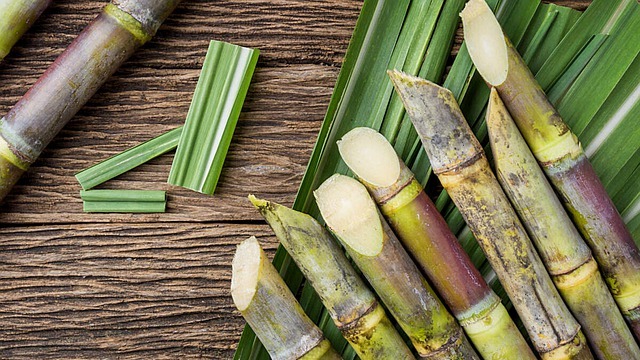Our Location
Busibwabo, Busia County, Kenya
Mail Us On
info@busiasugar.com
Complaints
complaints@busiasugar.com
Menu
24/7 Call Center
+254 (0)11 101 3700
Busibwabo, Busia County, Kenya
info@busiasugar.com
complaints@busiasugar.com
+254 (0)11 101 3700



Production of sugar and other sugarcane by-products like molasses with a projection of producing 6 megawatts of power at full capacity. Currently, our sugar is available in 50kg, 25kg, 2kg and 1kg packaging.
Emergency Call Center
We can provide our expertise for 24 Hours and 7 Days-A-Week! We are always here to assist our clients.

Upon contracting a physical check and subsequent ploughing, harrowing and furrowing are done to establish a good seedbed for the name. These Services are subcontracted for the purpose of building capacity for the locals by allowing them to invest, get employment and benefit from the whole cane production process through more channels other than the actual cane growing and ownership of the farms.
The surveyor then picks the developed area of land to assist in determining the inputs to be supplied to the respective plots.
Fertilizer is delivered to the individual farmers by the use of contracted transport firms who use lorries and their staff ream up with security personnel and MSC Staff.
Upon confirmation of all other deliveries, seed cane is provided to the farmers again by the use of contracted transport, This involves the cutting of the Seedcane from one farmer after approval from the company agronomists and transporting it to a centralised position into the field intended to be planted.
Between the age of 10 and 15 months (for plant crop) and between 9 – 13 months (for ratoon), the cane if approved by agronomy can be harvested for Seedcane purposes. Otherwise, it is allowed to mature to 18 months (for ratoon), 20 months (for plant crop) and then harvested for milling.
Planting then takes places with the majority of the farmers using family labour; others are grouped together as either men or women from the same locality and work together in their respective plots while others contract groups of women to do the work.
Cane is natured from germination to maturity by careful observation and correction of the impending shortfalls at the slightest failure signs.
Weeding follows with the number of times varying depending on the field condition. Plant cane usually attracts 4 times weeding, while ratooned cane attracts 3. All of which is done within the first 8 months of cane growth. For the nucleus estate, manual weeding is followed up with chemical spraying to suppress weed re-emergence.
Subsequent fertilizer applications are made to the crop after the 3rd weeding is done.
Cutting is also another contracted service done by a group of cutters with the use of cane knives. They cut cane and stack it for convenience of loading for transport. The loading is done by means of a grabber either on a three-wheel or four-wheeled tractor. The concept of the course plots to facilitate accountability of produce from each farmer. The transport means is a tractor with a basket that carries on average 6 to 6.5 tonnes of cane.
Haulage is done to the factory weigh bridge for the actual weight determination of the cane transported.
Back in the field, the cycle begins again depending on the field. the cane can either be ratooned or ploughed out for replanting.
Fundamentally, supervision at all stages of cane development is mandatory with the basic machinery being a motorbike or a 1300cc Suzuki vehicle. The fleet management section is charged with the responsibility of ensuring that all the vehicles are in working condition.